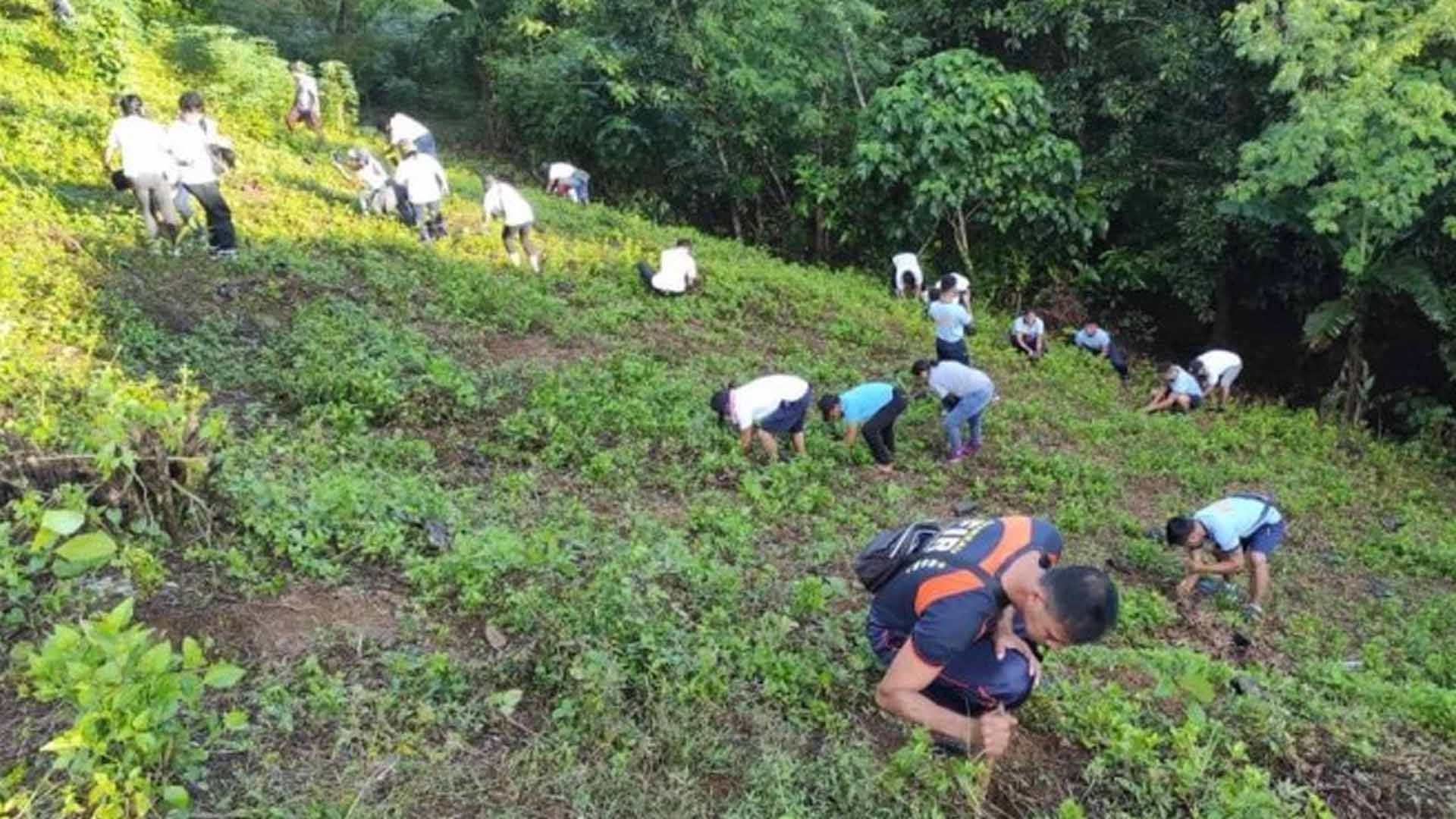The provincial government of Pangasinan planted 195,777 tree seedlings across the province in 2024 under its Green Canopy Project.
Majority of the seedlings (108,701) were planted in District 1.
In 2023, the program planted 149,964 seedlings province-wide.
The project, launched in 2023 by Governor Ramon Guico III, is a multi-sectoral approach to promote co-ownership in protecting and caring for the environment, raise community awareness and education in planting and saving trees, mobilize stakeholders, and solicit community participation, the according Pangasinan Information and Media Relations Office said in a statement on Monday.
Most of the planted seedlings consisted of mangroves in coastal areas, bamboo, and fruit-bearing trees such as calamansi, atis, jackfruit, avocado and guyabano.
Jose Estrada Jr., chief meteorological officer of the Philippine Atmospheric, Geophysical, and Astronomical Services Administration in Dagupan City, emphasized the role of trees in protecting against flash floods, soil erosion and excessive heat.
He said the widespread urbanization and the absence of trees have contributed to higher heat indices, further impacting local communities.
During the El Niño in 2024, the province experienced heat index as high as 50 degrees Celsius. (PNA)







